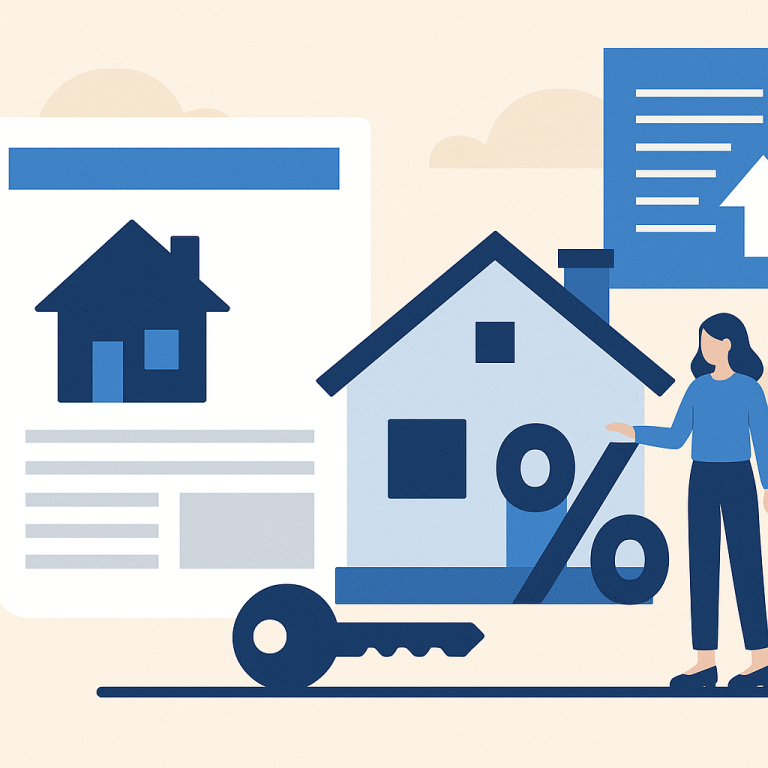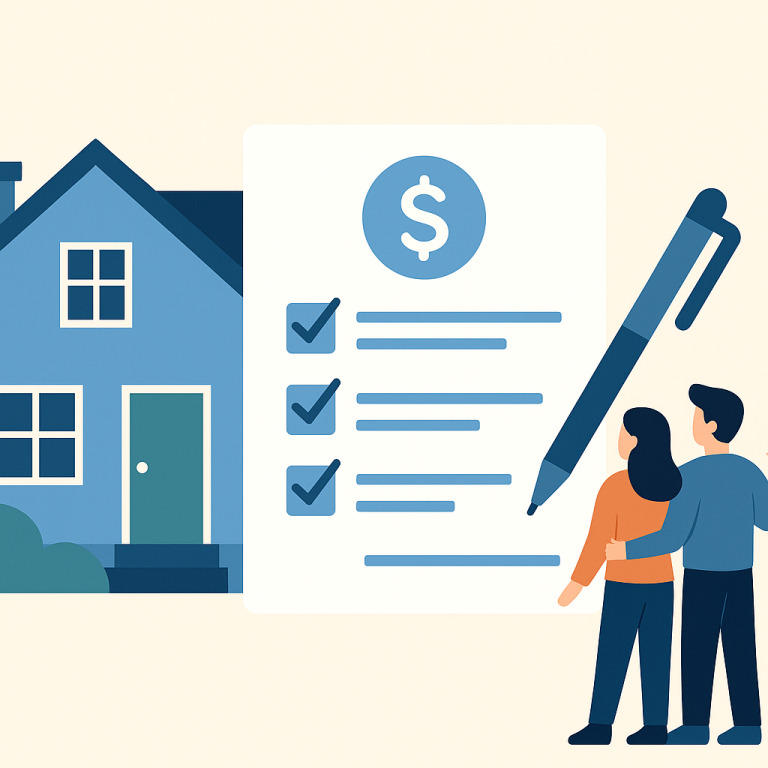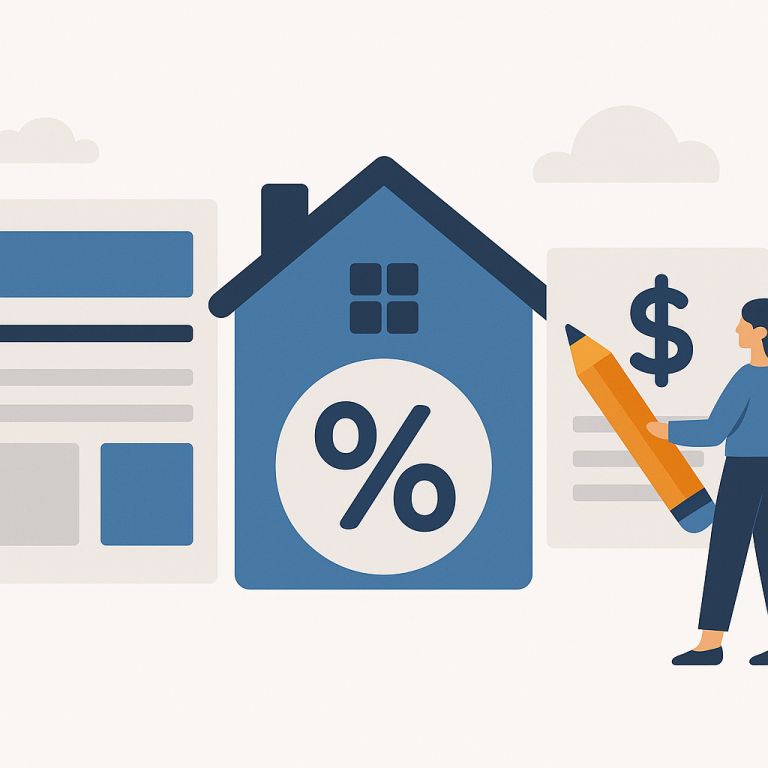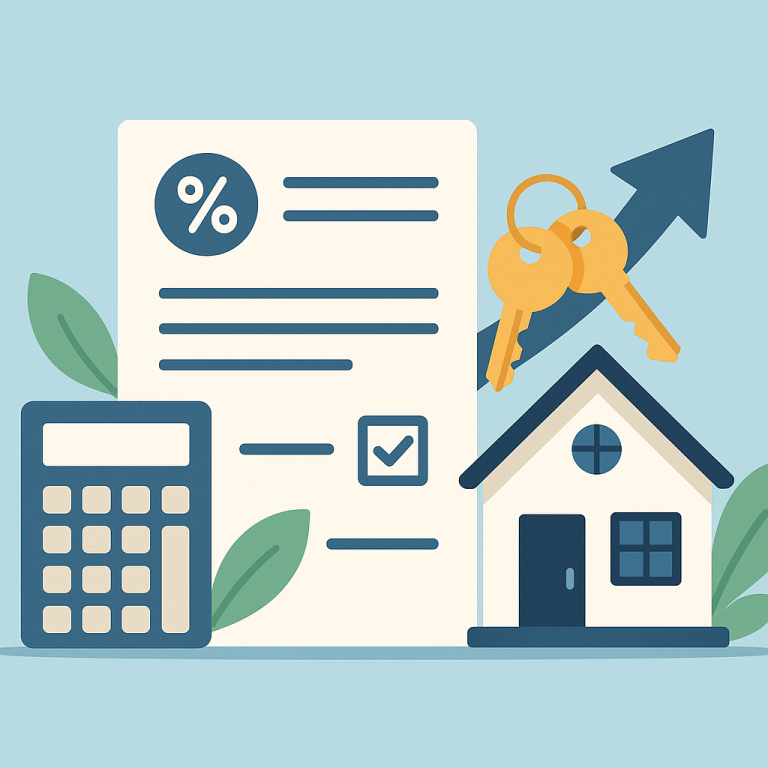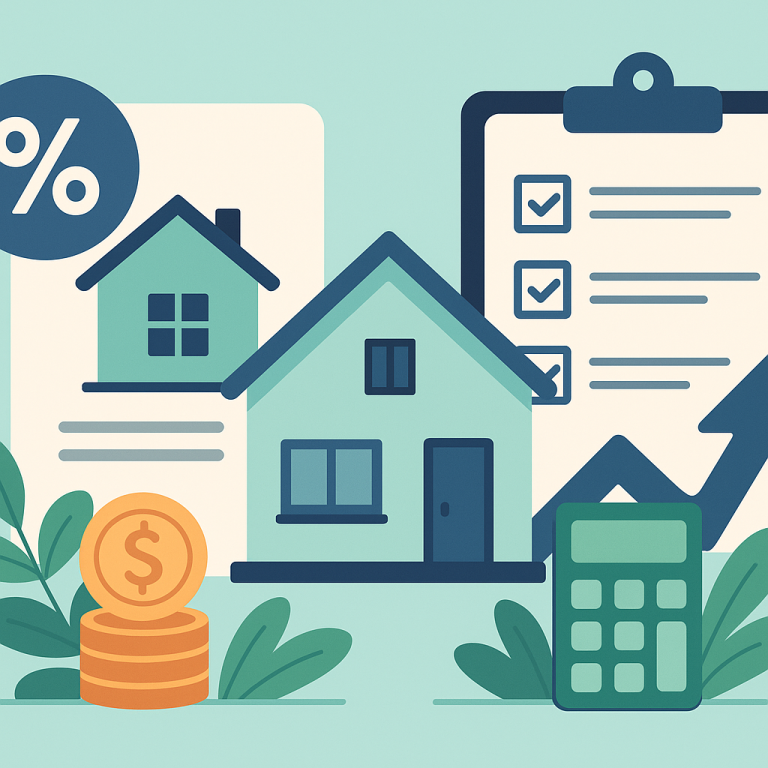Mortgage Refinance Rates Drop 25 Basis Points After Fed Signals Rate Pause
Refinancing Window Opens as Mortgage Rates Ease: What Homeowners Should Know
Recent easing in mortgage market conditions has created a refinancing window for many homeowners who postponed refinancing during earlier rate volatility. While the environment is not uniform across markets or loan types, the shift gives borrowers a reason to reassess options — particularly those who previously sat out due to higher rates or short remaining loan terms.
What’s driving the opportunity
Mortgage rates tend to move in response to broader economic indicators, investor demand for fixed‑income securities, and central bank policy expectations. When rates decline or stabilize after a period of increases, previously unattractive refinancing options can become viable again. Additionally, changes in home price trends and increased borrower equity are enabling more homeowners to meet lender underwriting thresholds for rate‑and‑term or cash‑out refinancing.
Factors homeowners should evaluate
Refinancing is not a one‑size‑fits‑all decision. Homeowners should weigh several elements before moving forward:
- Break‑even period: Compare the refinance closing costs and any prepayment penalties against the monthly savings to determine how long it will take to recoup upfront expenses.
- Remaining loan term: Refinancing into a new long‑term mortgage can lower monthly payments but may increase total interest paid over the life of the loan.
- Loan type and features: Consider whether switching between adjustable‑rate and fixed‑rate loans, or changing the loan program, aligns with your risk tolerance and financial goals.
- Credit profile and documentation: Current credit score, debt‑to‑income ratio, employment, and recent credit activity can affect pricing and eligibility.
- Equity and appraisal requirements: Sufficient home equity can open more favorable options and reduce the need for mortgage insurance; some lenders accept automated valuations while others require full appraisals.
When refinancing makes sense
Homeowners often benefit from refinancing in specific scenarios: securing a lower fixed rate to reduce interest costs, shortening the mortgage term to build equity faster, or consolidating higher‑cost debt via a cash‑out refinance. Those planning to stay in their home beyond the break‑even period are more likely to realize the intended savings. Conversely, if a homeowner expects to sell or move before recouping closing costs, refinancing may not be worthwhile.
Practical steps to consider
Start by requesting quotes from multiple lenders to compare rates, fees, and program terms. Ask for detailed loan estimates and confirm whether lenders offer rate locks and how long those locks last. Review the Good Faith Estimate or Loan Estimate to understand all closing costs and ask about waivable fees. If you plan a cash‑out refinance, clarify how the funds can be used and whether they affect eligibility or pricing.
Prioritize clear documentation: update pay stubs, tax records, and bank statements to streamline underwriting. If your credit profile has improved since you originated your mortgage, highlight that to potentially secure better pricing. For borrowers with lower equity, explore programs or lender options that accommodate limited equity without excessive fees.
Homeowner takeaways
- Evaluate the break‑even period before committing; shorter break‑even timelines strengthen the refinancing case.
- Match the new loan term and type to your long‑term housing plans and tolerance for rate fluctuation.
- Gather multiple loan estimates and focus on total cost, not just the headline rate.
- Confirm documentation and credit status in advance to avoid surprises during underwriting.
- Use cash‑out options selectively and only when the purpose aligns with clear financial benefits.
For homeowners considering a refinance, the current market offers renewed opportunities but requires careful analysis of costs, timing, and personal goals to ensure the decision produces meaningful financial benefits.
META: refinancing-window-homeowner-takeaways

